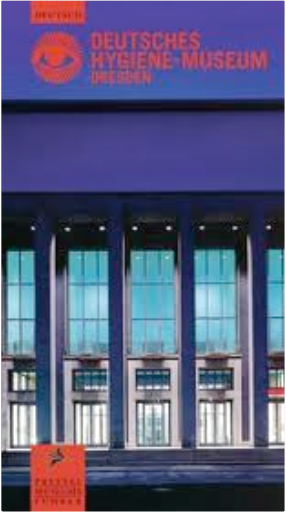 3791333712  “Oliver Sacks, Richard Selzer, Lewis Thomas . . . Weissmann is in this noble tradition.”—Los Angeles Times 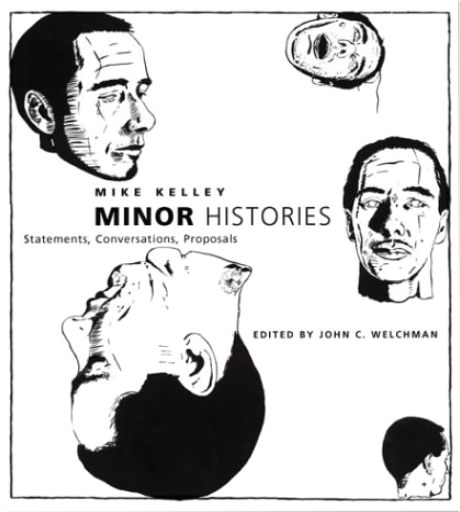 What John C. Welchman calls the "blazing network of focused conflations" from which Mike Kelley's styles are generated is on display in all its diversity in this second volume of the artist's writings. The first volume, Foul Perfection, contained thematic essays and writings about other artists; this collection concentrates on Kelley's own work, ranging from texts in "voices" that grew out of scripts for performance pieces to expository critical and autobiographical writings.Minor Histories organizes Kelley's writings into five sections. "Statements" consists of twenty pieces produced between 1984 and 2002 (most of which were written to accompany exhibitions), including "Ajax," which draws on Homer, Colgate- Palmolive, and Longinus to present its eponymous hero; "Some Aesthetic High Points," an exercise in autobiography that counters the standard artist bio included in catalogs and press releases; and a sequence of "creative writings" that use mass cultural tropes in concert with high art mannerisms—approximating in prose the visual styles that characterize Kelley's artwork. "Video Statements and Proposals" are introductions to videos made by Kelley and other artists, including Paul McCarthy and Bob Flanagan and Sheree Rose. "Image-Texts" offers writings that accompany or are part of artworks and installations. This section includes "A Stopgap Measure," Kelley's zestful millennial essay in social satire, and "Meet John Doe," a collage of appropriated texts. "Architecture" features an discussion of Kelley's Educational Complex (1995) and an interview in which he reflects on the role of architecture in his work. Finally, "Ufology" considers the aesthetics and sexuality of space as manifested by UFO sightings and abduction scenarios. 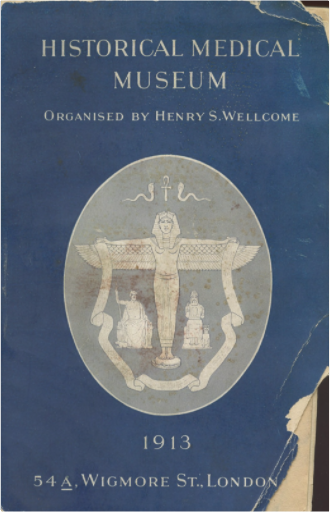 B0014L6N3C  The Photography Reader is a comprehensive introduction to theories of photography; its production; and its uses and effects. Including articles by photographers from Edward Weston to Jo Spence, as well as key thinkers like Roland Barthes, Victor Burgin and Susan Sontag, the essays trace the development of ideas about photography. Each themed section features an editor's introduction setting ideas and debates in their historical and theoretical context.  A unique compendium of anthropomorphic personifications of death from historical to present day phenomenon including traditional and non-traditional death encounters told in the words of those who have experienced this growing phenomenon. | 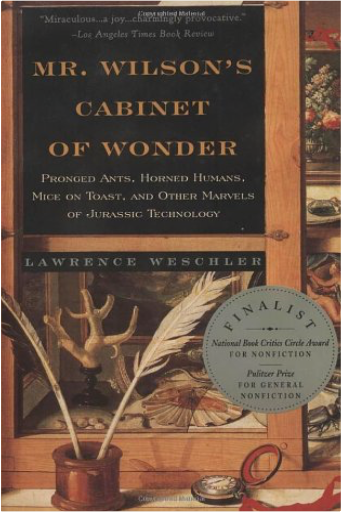 Pronged ants, horned humans, a landscape carved on a fruit pit—some of the displays in David Wilson's Museum of Jurassic Technology are hoaxes. But which ones? As he guides readers through an intellectual hall of mirrors, Lawrence Weschler revisits the 16th-century "wonder cabinets" that were the first museums and compels readers to examine the imaginative origins of both art and science. Illustrations. 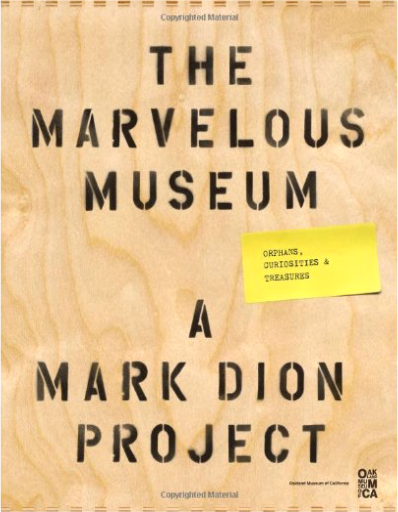 What is the role of the museum in contemporary society? Using the Oakland Museum of California as a case study, artist Mark Dion examines how museum practices have shifted over time, what these changes mean for objects in museum collections, and what we can learn about our culture from what's included and what's abandoned. Enclosed in a clamshell case and featuring fourteen specimen cards, this deluxe volume brings the reader into Dion's process and reveals how the order of images can change one's perception of objects. Contributions from celebrated writers, including Lawrence Weschler and D. Graham Burnett, articulate Dion's unique power of examination. 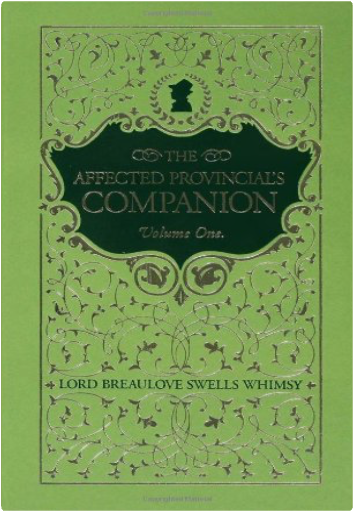 A far more civilized, beautiful life now lies within the grasp of your trembling fingertips  Who first introduced Manolo Blahnik to Americans: Vogue, or a canny buyer at Bendel’s? Where under one roof can shoppers find Chanel, Yves Saint Laurent, Prada, and Hermès? Here are the great retail palaces—from Harrods to Barneys to Galeries Lafayette—where shoppers spend their day in opulent settings, drifting from cosmetics to shoes, stopping for lunch, the hairdresser, and endless temptations along the way. With photographs and ephemera from all over the world, this lavish book goes beyond in-store extravaganzas to the history of these consumer institutions, the personalities behind them, their vast range of goods, unique architecture, advertising, and associated sociological trends. With perfumed air and chandeliers, department stores have lured millions for over a century with that enticing, dizzying sense that no matter how much you already have, there is always more.  Come join an in depth exploration of a unique segment of the Victorian decorative arts. In 650 beautiful images and fascinating text, many glass domes and the objects displayed under them are revealed and discussed in detail. Items from glorious taxidermy presentations of nature, seashell works, wax flowers and fruit, and even art formed of human hair are studied carefully. Additional chapters include examples of skeleton leaves and phantom bouquets; wool work; glass whimsies; seed, paper, muslin, and silk work; automata mechanical, musical masterworks and much more. Social commentary of the times enriches the exploration of these beautiful art objects. Experience the lightheartedness and whimsy to be found in the decorative arts created from 1837 to 1901 and preserved under these domes.  Fern Fever (or Pteridomania, to give it its official name), hit Britain between 1837 and 1914 and peaked between 1840 and 1890. Although in previous centuries ferns played an important role in customs and folklore, it was only in this period that they were coveted for aesthetic reasons and that man's passion for them reached its zenith. |

Morbid Anatomy Museum
Collection Total:
1,253 Items
1,253 Items
Last Updated:
Jan 26, 2016
Jan 26, 2016
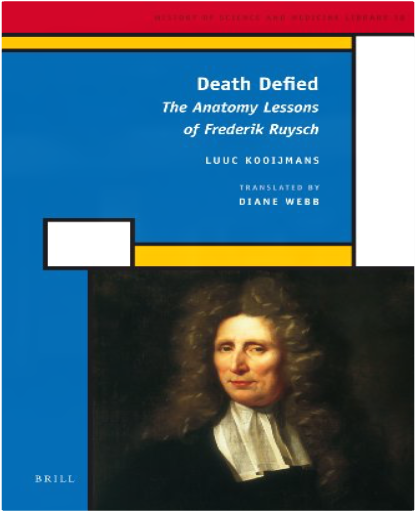

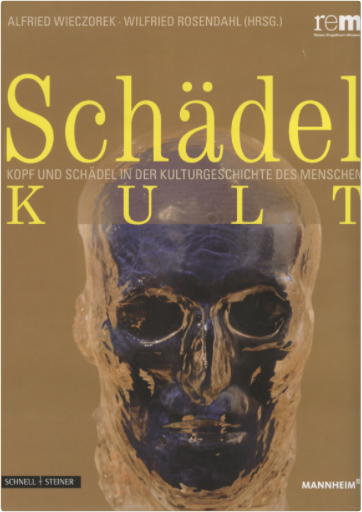
 Made with Delicious Library
Made with Delicious Library